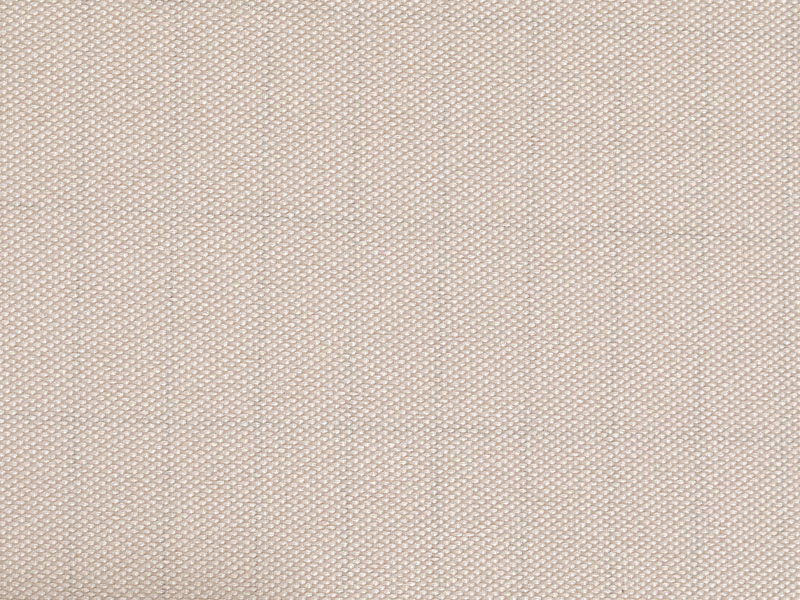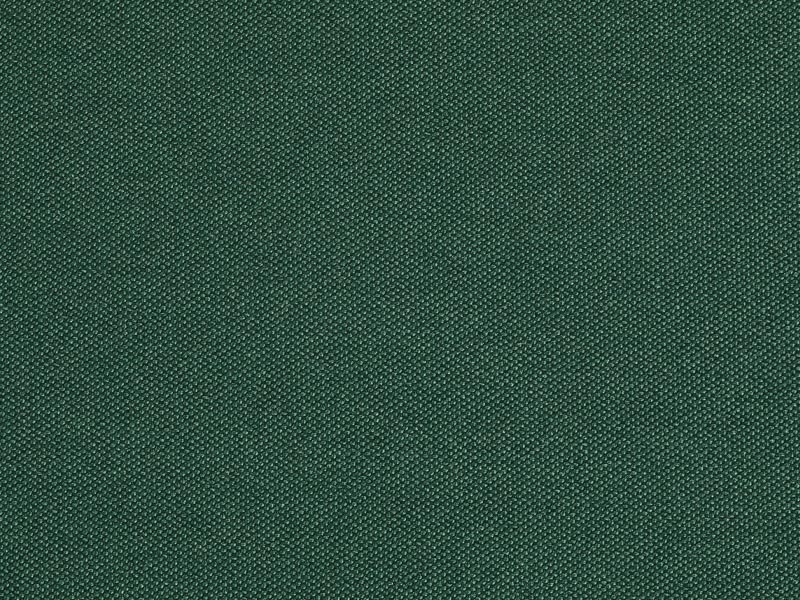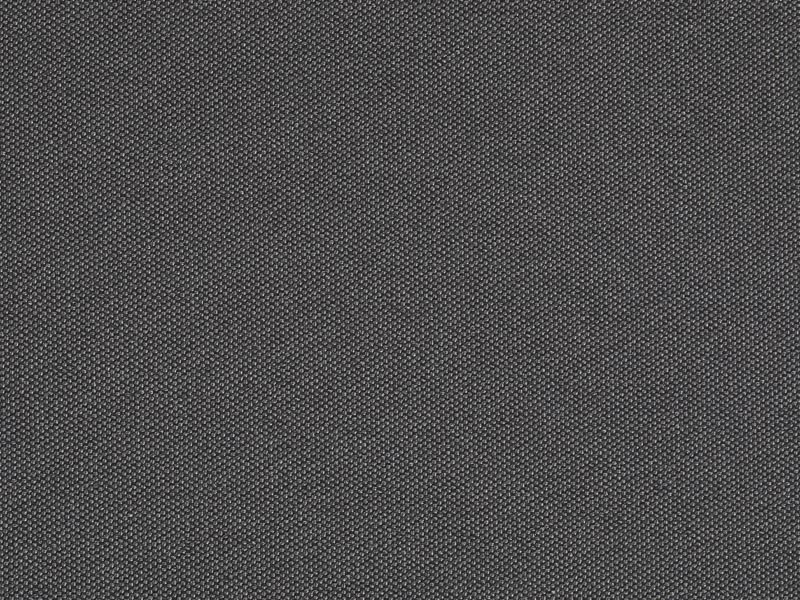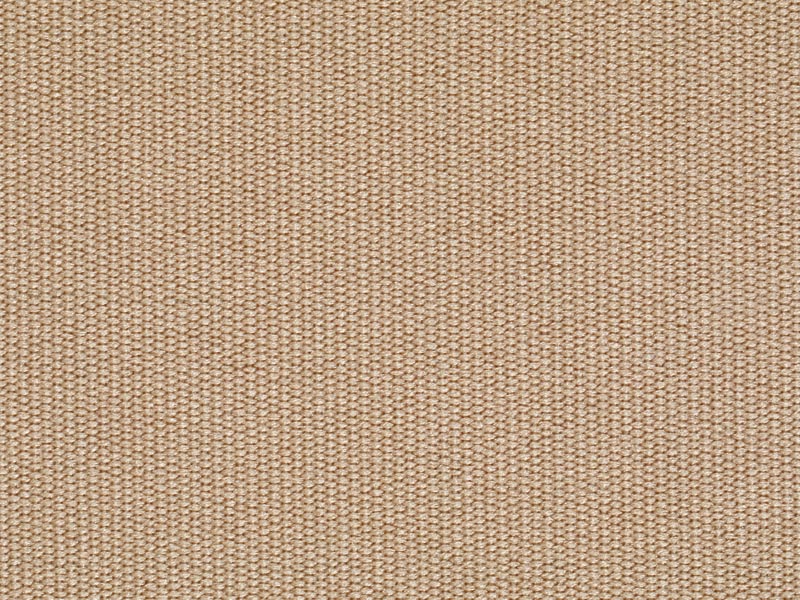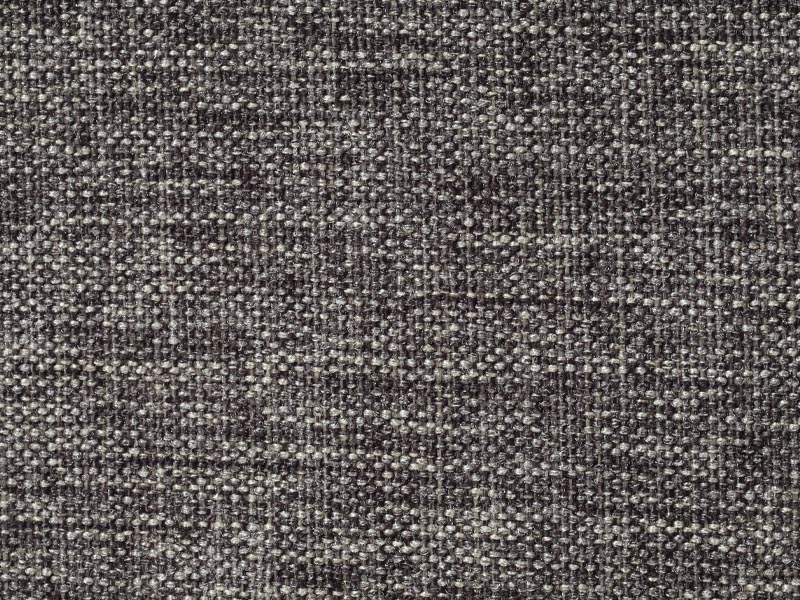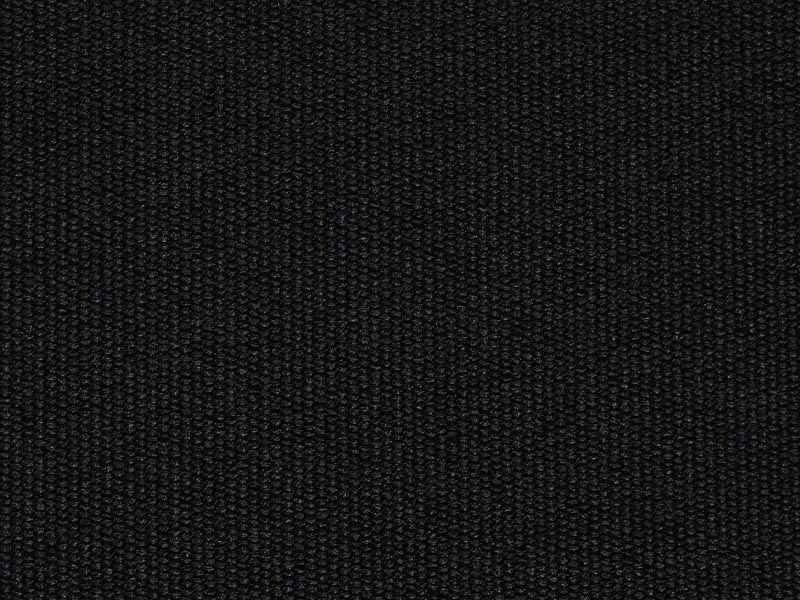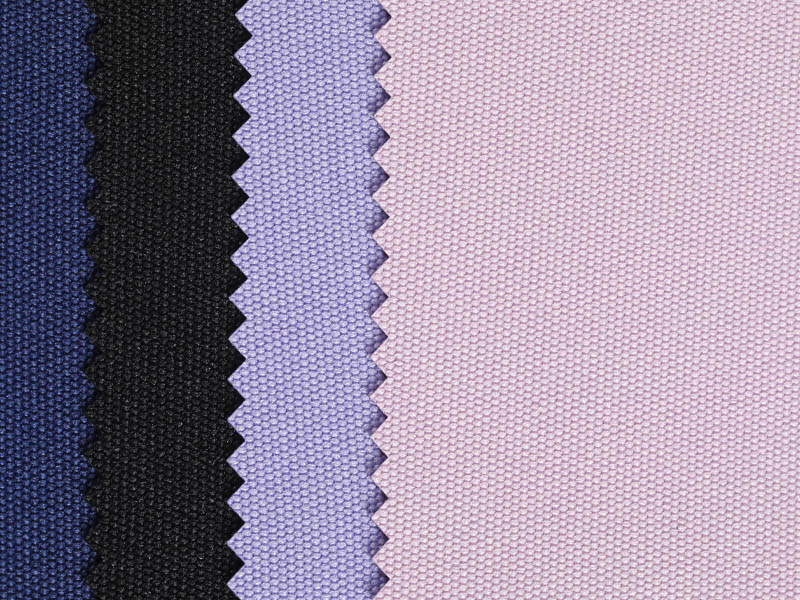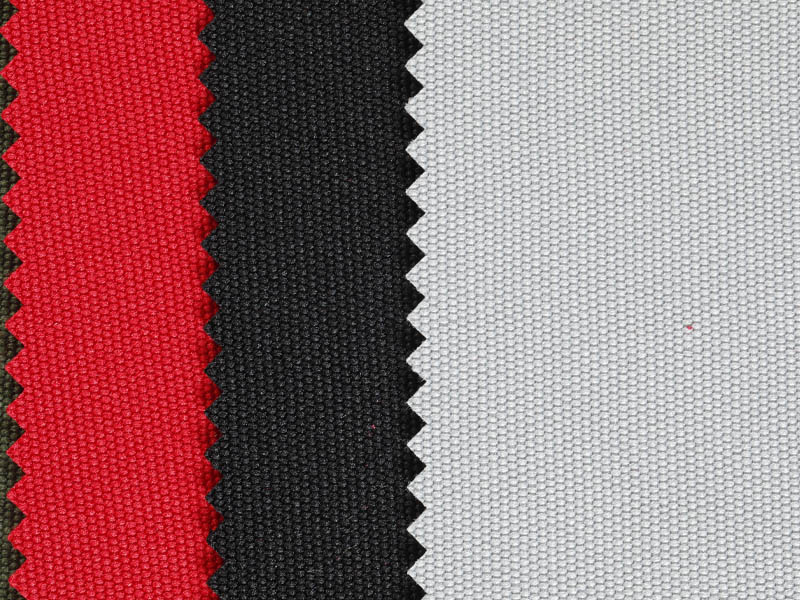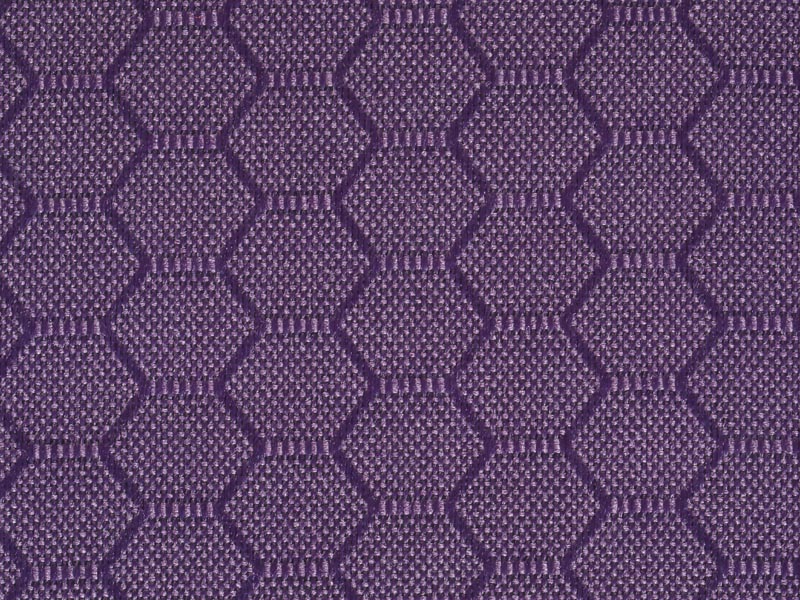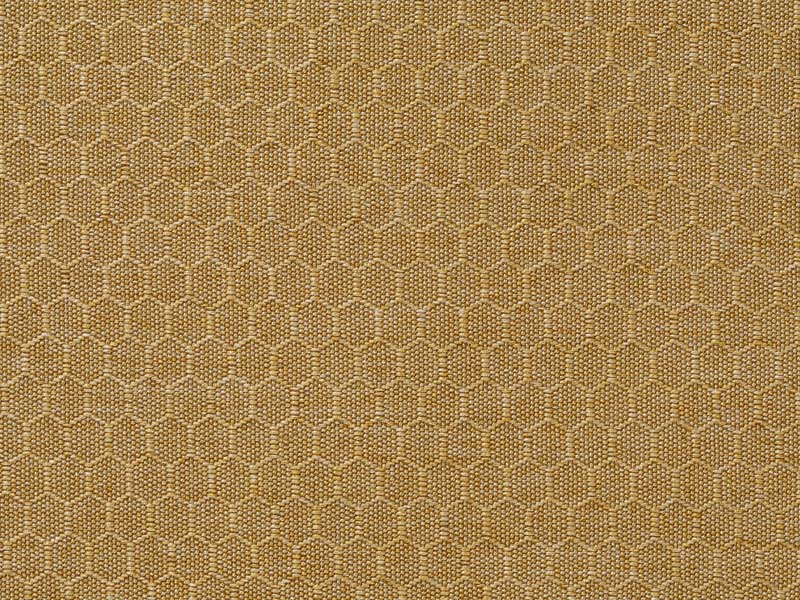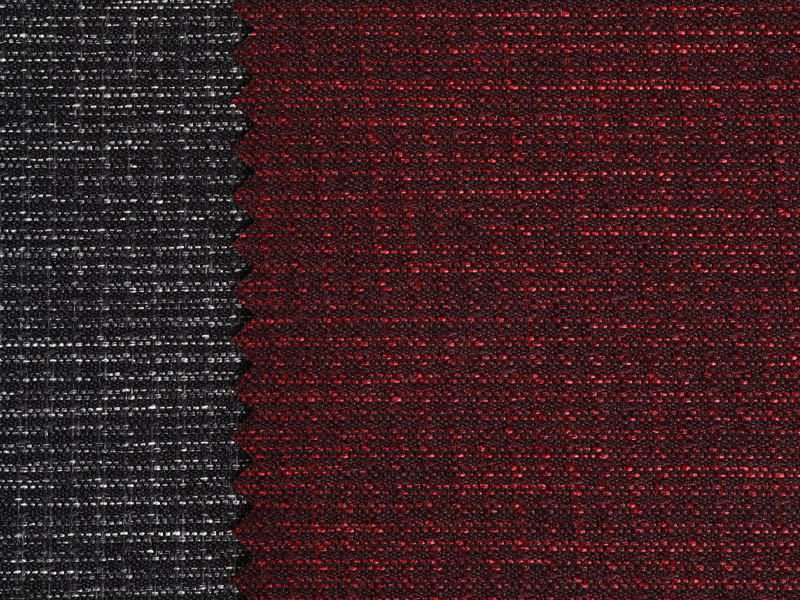The Vital Role of Tent Fabric in Emergency Shelters and Temporary Housing
Posted by Admin
Custom canvas shelter canopy Tent Fabric Manufacturers
In the face of natural disasters, conflicts, and other emergencies, the need for rapid and effective shelter solutions is paramount. Tent Fabric emerges as a critical component in the construction of emergency refuges and temporary housing, providing protection and comfort to those displaced. This article delves into the applications of Tent Fabric in these critical scenarios and analyzes how manufacturers meet the demands for quick deployment and durability.
When disaster strikes, the immediate need for shelter is crucial. Tent Fabric plays a pivotal role in this context, as it is the primary material used in the construction of temporary shelters. These shelters must be erected quickly to provide immediate protection from the elements and to ensure the safety of those affected. The choice of Tent Fabric is not arbitrary; it must be able to withstand harsh weather conditions, resist wear and tear, and provide a barrier against the sun's harmful UV rays.
Manufacturers of Tent Fabric are well aware of the urgency in emergency situations. They design and produce fabrics that can be quickly deployed, often in large quantities, to meet the sudden and significant demand for shelter. The production process is streamlined to ensure that Tent Fabric can be delivered to disaster-stricken areas with minimal delay. This involves not only the manufacturing process but also efficient logistics and distribution channels that can get the Tent Fabric to where it is needed most.
Durability is another critical factor in the selection and production of Tent Fabric. Temporary shelters made from Tent Fabric must last long enough to provide a stable living environment until more permanent solutions can be established. Manufacturers must ensure that the Tent Fabric they produce is resistant to tear, water penetration, and UV degradation. This requires the use of high-quality materials and advanced manufacturing techniques that result in a robust and long-lasting Tent Fabric.
To meet the demands of durability and rapid deployment, manufacturers are constantly innovating in the materials they use for Tent Fabric. Modern Tent Fabrics are often made from synthetic materials like polyester and nylon, which are lightweight, strong, and resistant to the elements. These materials also have the advantage of being easy to transport and set up, which is essential in emergency situations where time is of the essence.
Waterproofing is a critical feature of Tent Fabric, especially in areas prone to heavy rainfall or flooding. Manufacturers apply various treatments to ensure that Tent Fabric remains waterproof while still being breathable. This balance is crucial, as it allows for the escape of condensation and moisture from inside the shelter, preventing the growth of mold and mildew, which can pose health risks.
The sun's ultraviolet (UV) rays can be harmful not only to the people inside the shelter but also to the Tent Fabric itself. To combat this, manufacturers incorporate UV-resistant materials and treatments into their Tent Fabric. This not only protects the occupants from the harmful effects of UV radiation but also extends the lifespan of the Tent Fabric by preventing it from breaking down under prolonged exposure to sunlight.
Safety is paramount in emergency shelters, and manufacturers of Tent Fabric must consider the risk of fire. Many Tent Fabrics are treated with fire-retardant chemicals to reduce the risk of ignition and spread of fire. This is particularly important in areas where there may be open flames for cooking or heating, as well as in dry conditions where the risk of wildfire is high.
As the world becomes more conscious of environmental impact, the sustainability of Tent Fabric is gaining attention. Manufacturers are exploring eco-friendly materials and production methods that reduce the carbon footprint of Tent Fabric. This includes the use of recycled materials, biodegradable fabrics, and energy-efficient manufacturing processes.
Tent Fabric is a vital component in the construction of emergency shelters and temporary housing. Manufacturers play a crucial role in meeting the needs for rapid deployment and durability, ensuring that those affected by disasters have a safe and stable place to stay. By continuously innovating and improving the materials and processes used in Tent Fabric production, manufacturers contribute to the resilience and well-being of communities worldwide. The Tent Fabric industry is not just about providing a temporary solution; it is about offering hope and a sense of security in the face of adversity.

 English
English Français
Français Español
Español عربى
عربى Tiếng Việt
Tiếng Việt
